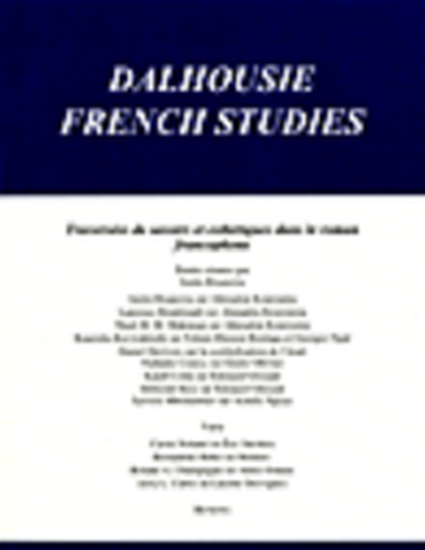
Through diverse styles of written and visual text (diary and pseudo-autobiographical narrative, drawings and photographs), André Breton—the narrative agent of Nadja (1928, revised by the author, 1962) who happens to share the author's name—sets forth to recount his interactions with a mysterious âme errante whom he follows literally down a myriad of Parisian streets and figuratively to diverse avenues of self-understanding. However, if Breton initially finds himself intrigued—dare we say obsessed—by the eponymous Nadja, as the narrative progresses her aimless wandering, telepathic powers and free association speech eventually bore, unnerve and even frighten him. In fact, Nadja's errant words and actions become so threatening for Breton that he ceases to see her in the best interest of his own wellbeing. At the work's conclusion, Nadja's wandering is put to an end when she is interned in an insane asylum; as if to underline his change of heart, Breton does nothing to free or even visit Nadja, preferring instead to pursue a far safer and less enigmatic love interest.
